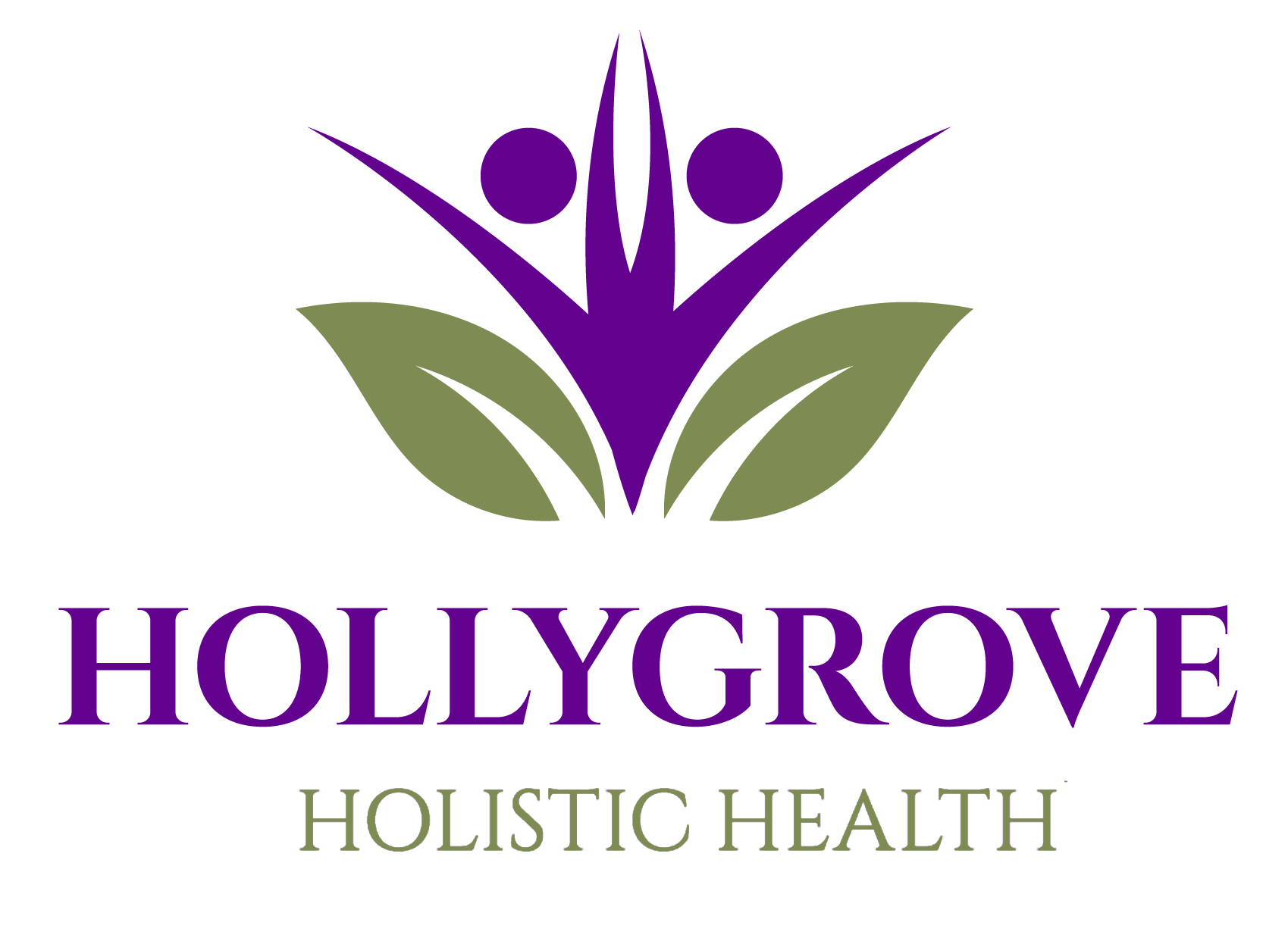Treatments
Reflexology is not just a luxury but a vital investment in your overall wellbeing. It has the power to relieve stress, improve circulation, and encourage your bodies self-healing abilities.
Benefits of Reflexology
- reduce stress and anxiety
- reduce pain
- lift mood
- improve general well-being
- boost their immune system
- fight cancer
- get over colds and bacterial infections
- clear up sinus issues
- recover from back problems
- correct hormonal imbalances
- boost fertility
- improve digestion
- ease arthritis pain
- treat nerve problems and numbness from cancer drugs (peripheral neuropathy)
Reflexology is a type of massage that involves applying different amounts of pressure (using thumb, finger walking) to the feet, hands, face and ears. It’s based on a theory that these body parts are connected to certain organs and body systems. Reflexology rests on the ancient Chinese belief in qi, or “vital energy.” According to this belief, qi flows through each person. When a person feels stressed, their body blocks qi. This can cause an imbalance in the body that leads to illness. Reflexology aims to keep qi flowing through the body, keeping it balanced and disease free.
We have Reflexology and Reflexology with Aromatherapy blended oils to support:
Relaxation, Sleep, Menopause, Fatigue, Digestive system, pre-conception & pregnancy
Pre-conception reflexology is a complementary therapy focused on balancing the body's systems and reducing stress to an optimal environment for conception.
During the second trimester and beyond reflexology may help alleviate common pregnancy symptoms, like stress, anxiety, heartburn, and swollen ankles to promote relaxation and restore the body's balance
Reflexology is considered a safe, natural, and drug-free method
to promote labour by stimulating oxytocin production and relaxing the body, particularly after the 37th week of pregnancy.
Aromatherapy
Aromatherapy is a form of complementary and alternative medicine.
It uses essential oils to manage symptoms or boost your well-being.
It’s a holistic therapy, meaning it supports your whole
self — mind, body, and spirit. Aromatherapy involves inhaling
essential oils or applying them (diluted) to your skin.
Indian Head Massage
Indian Head Massage is a beneficial and deeply relaxing massage to the head, shoulders, upper back, arms, neck, scalp, and face.
When we feel stressed or angry, tension builds up in energy centres around the head, face, neck, and shoulders. This can later display itself as eye strain, headaches, migraine and stiff neck and shoulders. Indian head massage technique helps to unblock the uncomfortable build-up of tension and aid relief.

